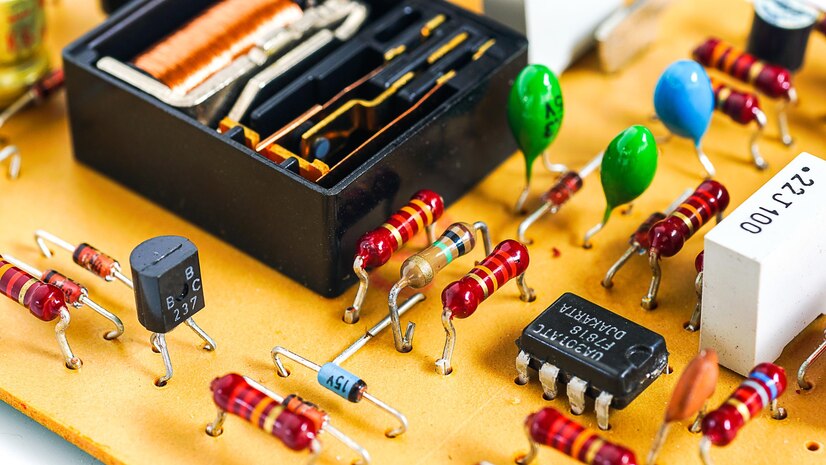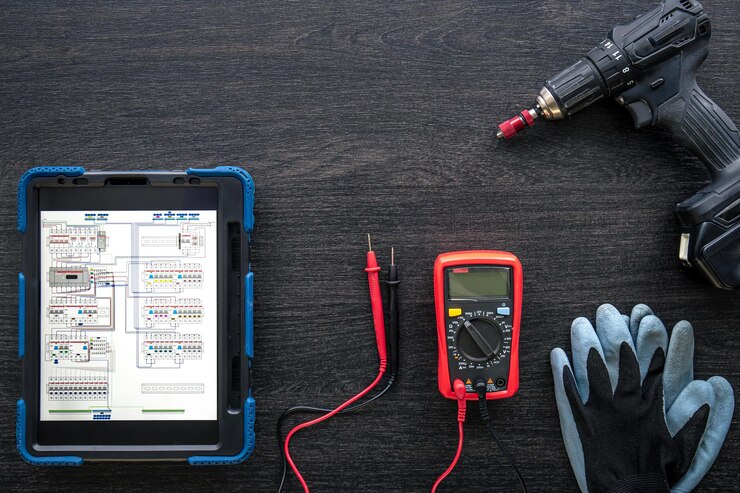Introduction
The humble image tag in HTML may seem unassuming, but it carries immense power. Images have the ability to break up text, evoke emotions, and tell stories like no other element can. Yet, their impact can be hindered by a lack of breathing room. That’s where the magic of HTML picture padding comes in.
Think of padding as the white canvas around your masterpiece. It frames the image, draws attention to it, and prevents it from being squashed against other elements on the page. But unlike a physical canvas, picture padding offers incredible flexibility, allowing you to tailor the space around your visuals to achieve diverse design goals.
Why Padding Matters:
- Enhances Visual Appeal: Padding creates a buffer between the image and its surroundings, preventing it from blending into the background or clashing with text. This breathing room allows the image to stand out and shine, enhancing the overall visual appeal of your website.
- Improves Readability: When images are crammed alongside text, it can be visually jarring and make reading difficult. Padding creates a clear separation, guiding the reader’s eye and improving text accessibility.
- Boosts User Experience: Padding around images contributes to a cleaner, more polished website aesthetic. This subtle yet impactful design element fosters a positive user experience and encourages visitors to engage with your content.
Padding Techniques at Your Fingertips:
Now that we’ve explored the importance of padding, let’s delve into the practicalities of adding it to your HTML. Thankfully, you have a variety of tools at your disposal:
- The
paddingAttribute: This attribute, applied directly to the<img>tag, allows you to define the amount of space added around the image. You can specify a single value for all sides, or individual values for each side (top, right, bottom, left). - CSS Powerhouse: For greater control and flexibility, CSS reigns supreme. The
paddingproperty, used within a class or style rule, offers precise padding control for individual images or groups of images. - Bootstrap’s Helping Hand: If you’re working with Bootstrap, you can take advantage of its pre-defined padding classes. Simply add
.img-paddedto your<img>tag for a quick and consistent padding effect.

Beyond the Basics:
While adding basic padding is straightforward, mastering its nuances can elevate your visuals to new heights. Here are some advanced techniques to experiment with:
- Responsive Padding: Use media queries in your CSS to adjust padding values based on screen size. This ensures optimal spacing regardless of the device your website is viewed on.
- Creative Combinations: Combine padding with other CSS properties like borders and shadows to create unique and eye-catching effects around your images.
- Padding for Purpose: Consider the context of your image and adjust padding accordingly. For instance, a product image might benefit from more padding to emphasize its details, while a background image might require minimal padding to blend seamlessly.
Optimizing for SEO:
Don’t forget, even picture padding plays a role in SEO! Use descriptive alt text for your images, include filenames with relevant keywords, and ensure your padding doesn’t impact page loading speed.
Conclusion:
By understanding and implementing HTML picture padding effectively, you can transform your website from one with basic visuals to a captivating landscape of thoughtfully presented images. Remember, padding is not just about adding space; it’s about crafting the perfect stage for your visual storytelling. So, experiment, explore, and let your creativity take flight as you embrace the power of padding and bring your website to life. For more information click here.












